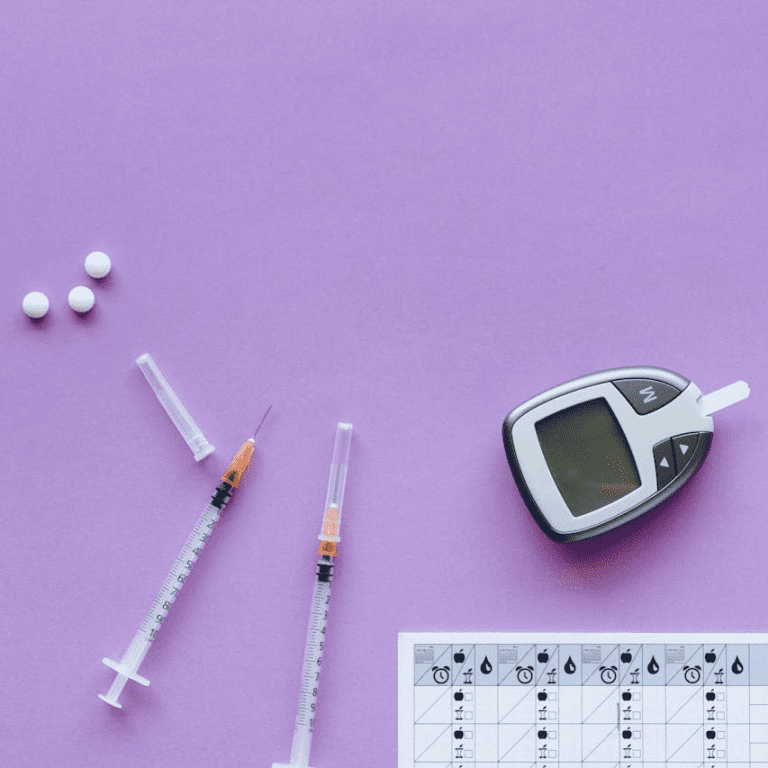Key Takeaways:
- New Medicare reforms in 2024 bring caps to out-of-pocket prescription drug costs, significantly impacting beneficiaries’ annual healthcare expenses.
- Medicare’s ability to negotiate drug prices is set to reduce costs for many enrollees, offering financial relief on essential medications.
Medicare Drug Costs Under Fire: What the New Rules Mean for Your Budget
As the cost of prescription drugs continues to escalate, 2024 marks a pivotal year for Medicare beneficiaries. New rules aim to tackle the financial strain that many Americans face when paying for essential medications. With the introduction of price negotiation powers and caps on out-of-pocket expenses, these changes are intended to lower the economic burden on seniors and people with disabilities. If you’re currently enrolled in Medicare or considering it, understanding how these new provisions affect your medication costs is vital for effective budgeting.
Major Changes in 2024: A Focus on Affordability
1. $2,000 Annual Cap on Out-of-Pocket Costs
Perhaps the most impactful reform in 2024 is the cap on out-of-pocket expenses for Medicare Part D enrollees. Starting this year, no Medicare enrollee will pay more than $2,000 annually for prescription drugs. This cap is a game changer, especially for seniors who need expensive medications to manage chronic conditions like diabetes, cancer, or heart disease. Previously, costs could escalate without limit, forcing many people to dip into savings or forgo necessary treatments. With this cap, financial predictability improves, allowing beneficiaries to better plan for their healthcare expenses.
2. Medicare’s New Power to Negotiate Drug Prices
Another groundbreaking change is that Medicare can now negotiate the prices of high-cost medications directly with pharmaceutical companies. In its first year of negotiations, Medicare has targeted ten of the most expensive drugs covered under Part D. These medications accounted for more than $50 billion in total spending in 2022, representing a significant portion of Medicare’s budget. The U.S. Department of Health and Human Services (HHS) estimates that these negotiations will save Medicare around $6 billion, with Americans who pay out of pocket saving an additional $1.5 billion.
The full effects of these negotiations will be seen by 2026, but for now, this move signals the federal government’s intent to curb runaway prescription costs. Additionally, future negotiations will continue to target more drugs each year, providing ongoing relief to those who rely on expensive treatments.
3. $35 Cap on Insulin Costs
As part of the Inflation Reduction Act, which passed in 2022 and continues to be implemented in 2024, insulin costs are capped at $35 per month. This change affects millions of Americans who rely on insulin to manage diabetes, and it represents one of the most visible efforts to make life-saving medications more affordable. For years, insulin prices skyrocketed, leading to dangerous situations where patients rationed their medication. The $35 cap is a step toward ensuring that no one has to choose between their health and their budget.
4. Free Vaccines for Medicare Enrollees
Another feature of the Inflation Reduction Act, now fully in effect in 2024, is that Medicare Part D covers all vaccines recommended by the Advisory Committee on Immunization Practices (ACIP) with no cost to the enrollee. This is especially important for older adults, who are more vulnerable to illnesses like pneumonia, shingles, and the flu. In 2023 alone, over 10 million people on Medicare Part D received free vaccines, and this number is expected to rise as awareness of the benefit grows.
How Will These Changes Impact Medicare Beneficiaries?
The introduction of price caps and cost-saving measures is expected to significantly reduce the financial burden for Medicare enrollees, particularly those who need expensive medications. For example, someone who has been paying upwards of $5,000 annually for prescription drugs could now see their yearly expenses drop to no more than $2,000. For others, the savings from insulin and vaccines could result in hundreds of dollars in savings each year.
Additionally, the ability of Medicare to negotiate drug prices is anticipated to create ripple effects throughout the pharmaceutical industry. As Medicare secures lower prices on popular drugs, private insurance companies and pharmacy benefit managers may also push for similar deals, potentially lowering costs for a broader population.
Table: Key Medicare Reforms in 2024
| Reform | Impact | Start Date |
|---|---|---|
| $2,000 Annual Cap on Prescription Costs | Limits out-of-pocket expenses for Part D enrollees | January 2024 |
| Insulin Price Cap at $35/month | Reduces costs for diabetics reliant on insulin | January 2024 |
| Price Negotiation for 10 High-Cost Drugs | Medicare negotiates lower prices, saving billions | Prices effective by 2026 |
| Free ACIP-Recommended Vaccines | Eliminates vaccine costs under Medicare Part D | January 2024 |
How Do the New Rules Compare to Previous Medicare Regulations?
Prior to 2024, Medicare had limited mechanisms to control the rising costs of prescription drugs. Enrollees faced growing out-of-pocket expenses, particularly for specialty medications. For example, some cancer drugs could cost thousands of dollars per month, and there was no upper limit on how much individuals might spend annually. Furthermore, insulin prices were a growing concern, with many diabetics spending several hundred dollars each month.
The ability of Medicare to negotiate drug prices was long debated but never enacted. Pharmaceutical companies previously had the upper hand in setting prices, with Medicare prohibited from interfering. With the new negotiation rules, Medicare has a direct role in price setting, which could significantly shift the balance of power.
In terms of coverage for vaccines, while some were covered under Medicare Part B, others—like the shingles vaccine—could incur high costs under Part D. The new rule eliminates these costs, ensuring that preventive care is more accessible to those on Medicare.
Chart: Comparison of Out-of-Pocket Costs (Pre-2024 vs. Post-2024 Reforms)
| Medication Type | Average Out-of-Pocket Costs (Pre-2024) | Average Out-of-Pocket Costs (Post-2024) |
|---|---|---|
| Insulin | $150/month | $35/month |
| Specialty Drugs (e.g., Cancer Treatment) | $5,000 annually | $2,000 annually |
| Vaccines (e.g., Shingles) | $150 (one-time) | $0 |
How to Prepare for These Changes
While the reforms are mostly positive, it’s important for Medicare beneficiaries to understand how these changes affect their specific situation. Here are a few tips on how to make the most of the new rules:
- Review Your Part D Plan: Make sure your prescription drug plan is aligned with the new out-of-pocket caps. If your medications were previously unaffordable, this could be the time to revisit your coverage options.
- Explore the Extra Help Program: In 2024, eligibility for the Extra Help program has been expanded. This program reduces drug costs for low-income Medicare beneficiaries, potentially eliminating premiums and deductibles.
- Check Your Vaccine Coverage: Ensure you are taking advantage of free vaccines under Medicare Part D. With no cost barriers, preventive care is more accessible, helping you stay healthy.
- Stay Informed on Drug Negotiations: Keep an eye on which drugs Medicare is negotiating for price reductions. If you rely on any of these high-cost medications, you could see significant savings as new prices are announced.
Looking Ahead: What’s Next for Medicare Drug Costs?
The changes introduced in 2024 are just the beginning. In 2025, further reforms will take place, including a cap of $2,000 on annual out-of-pocket expenses for all Medicare Part D enrollees. Additionally, more drugs will be subject to price negotiations as Medicare continues its efforts to lower costs across the board.
As these changes unfold, it’s clear that the federal government is taking significant steps to reduce the financial strain of healthcare on seniors and individuals with disabilities. However, the full impact will depend on how pharmaceutical companies and the healthcare industry adapt to these new regulations.









